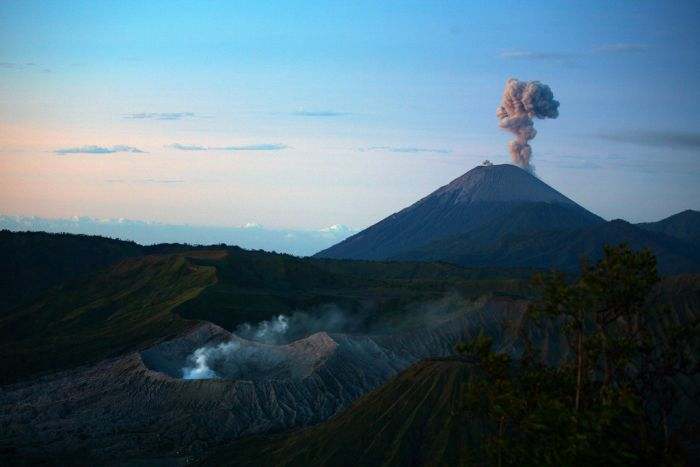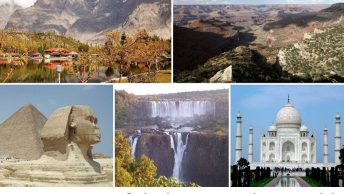Volcanic eruptions are deadly yet very beautiful and breathtaking sights. For some reason they bring to mind images of spirits of the earth coming to punish people for violating nature’s laws. Thanks to multiple studies and experiments scientists have learned how to predict the time of volcanic eruptions, so citizens of nearby villages and towns can now be evacuated before volcanic ash and lava turn their homes to ashes. In our post today we will tell you about active living volcanoes, which by the way have become one of the most popular attractions for tourists. This is risky, but isn’t it what makes us feel alive?
Cotopaxi, Ecuador
Cotopaxi is a stratovolcano located in Andes Mountains. It is the highest active volcano in the world (5,897 m) and the second highest summit in Ecuador. Cotopaxi distinguishes itself with a riot of greenery at its foot and a graceful crater. It is also considered the most dangerous of active volcanoes. There have been more than 50 eruptions of Cotopaxi Since 1738. Its eruption activity causes destruction of the neighboring town of Lacatunga. The volcano has been relatively inactive since 1904. This is what makes Cotopaxi the most popular attraction for climbers, bikers and tourists. In traditional Tigua paintings, Cotopaxi is usually depicted as an integral part of cultural life.
Photo by Kevin Labianco
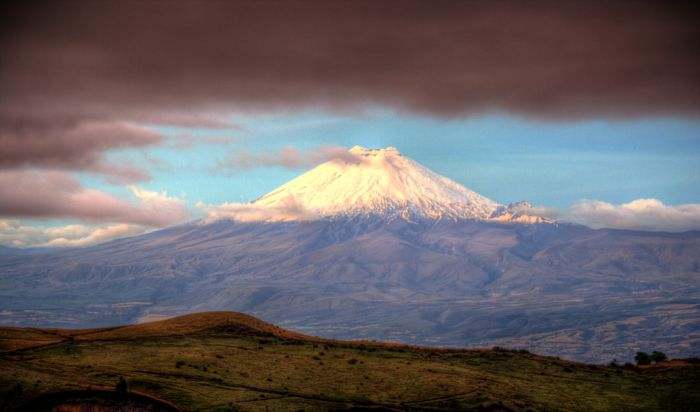
Photo by magnusvk
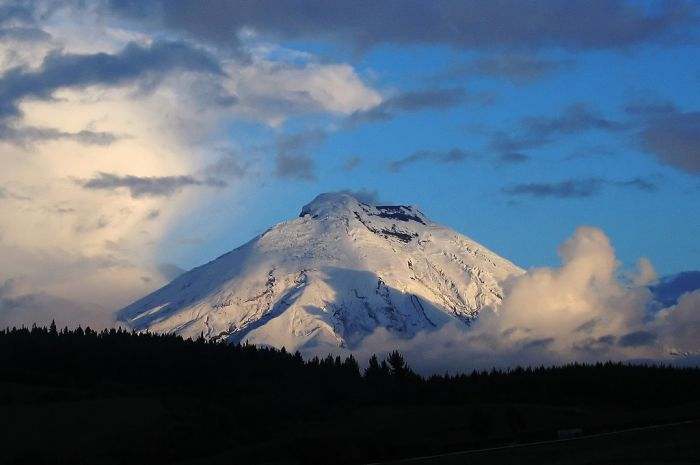
Photo by Andras Jancsik
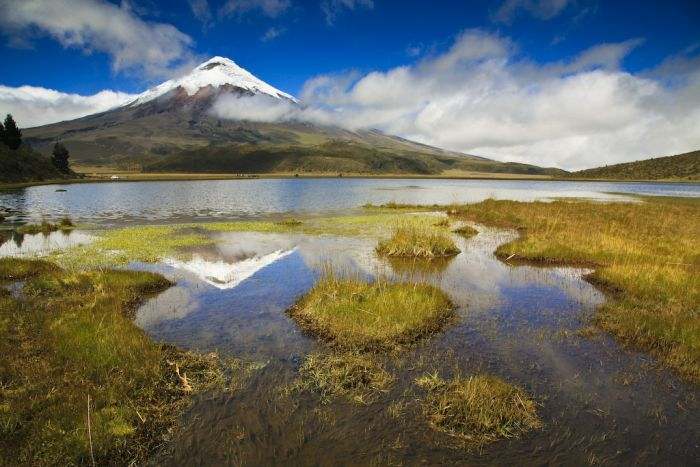
Photo by Nancy Carels
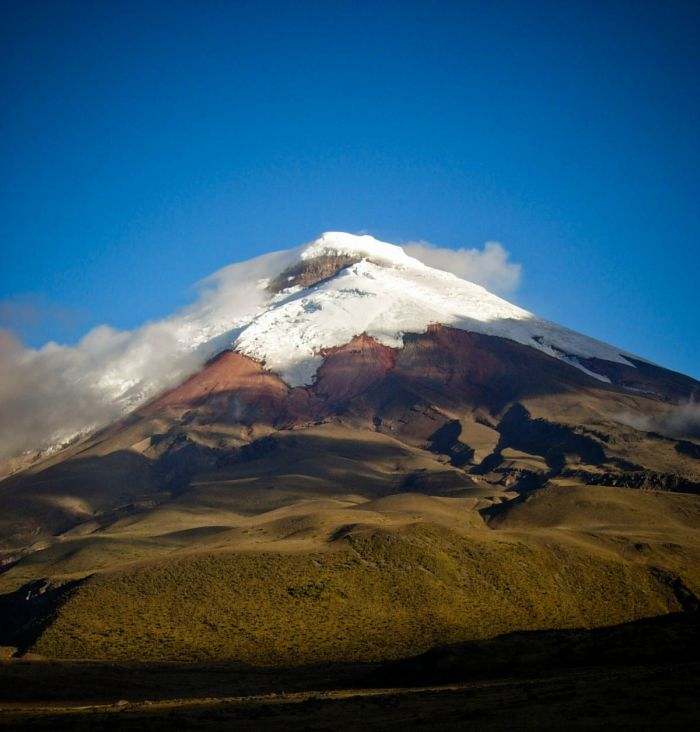
Popocatépētl, Mexico
Popocatépētl (also called as Popo and Don Goyo) is an active stratovolcano in Mexico. It reaches its highest peak at 5,426 m and is the second highest summit in the country. Popocatépētl got its name from nāhuatl words “popōca” (smoke) and tepētl (“mountain”) which means “Smoking Mountain” and fully describes its behavior. Until the nineties, Popo was a favorite recreational snowboarding center for citizens. In 1947 it began its new cycle of activity with a major eruption that year. It is now monitored by scientists attentively. The residents of neighboring towns enjoy the views of snow-whitey mountains of Popocatépētl during most of the year.
Photo by NeoCity
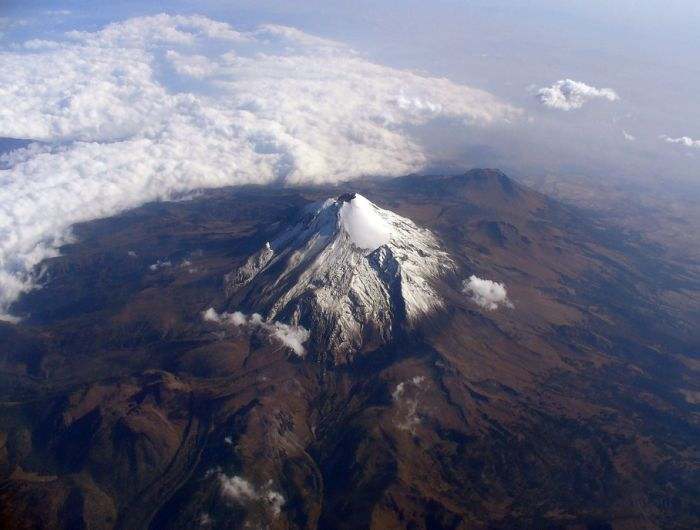
Photo by ishiba
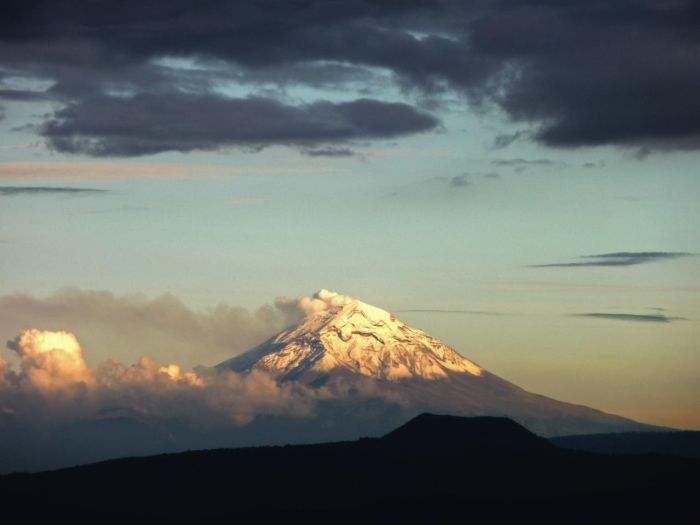
Photo from wikipedia
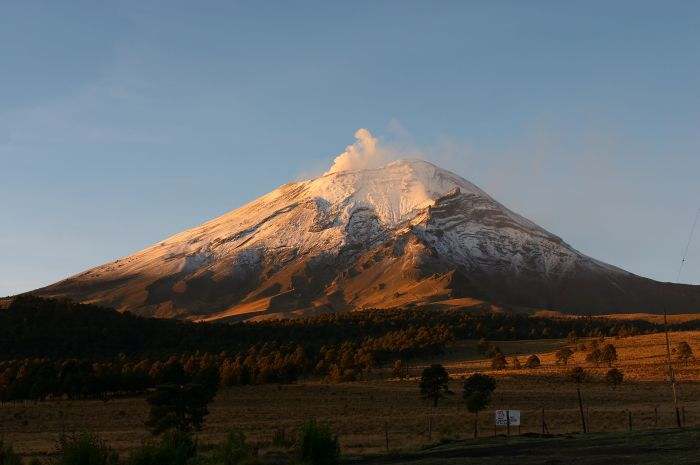
Photo by vonKinder
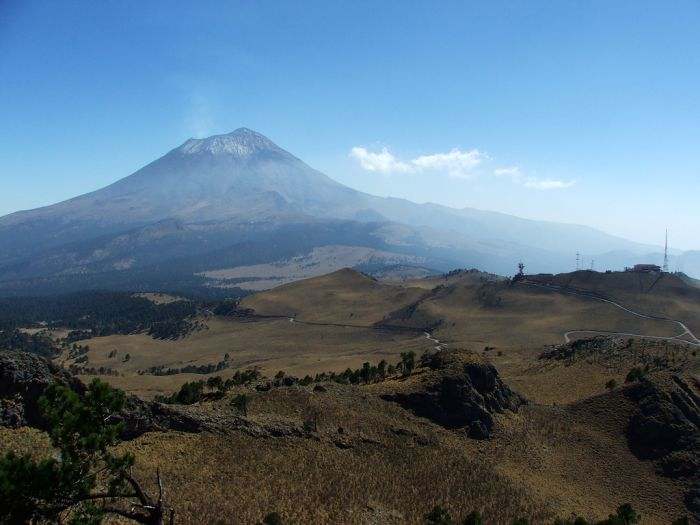
Etna, Sicily
Etna (which means “mountain of fire” in Arabic) is the highest and the most active volcano in Europe (3,326 m). It is known to havehad about 200 eruptions during its lifetime. An interesting fact is that Etna changes in height from eruption to eruption. For instance, now it is 21.6 m lower than in 1865. Each 150 years, Etna destroys one of the neighbor settlements, but despite this fact the nearby territories are densely populated. The thing is that cold lava makes the soil extremely fertile which provides great conditions to raise vineyards, other fruits, and olives. Recently, Etna has been deeply analyzed by scientists who claim that “Friendly Etna” is becoming more and more dangerous.
Photo by Albe86
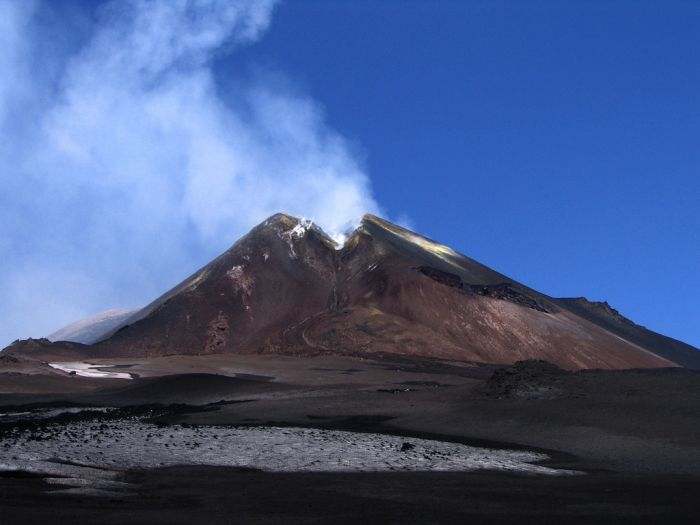
Photo by ‘PixelPlacebo’
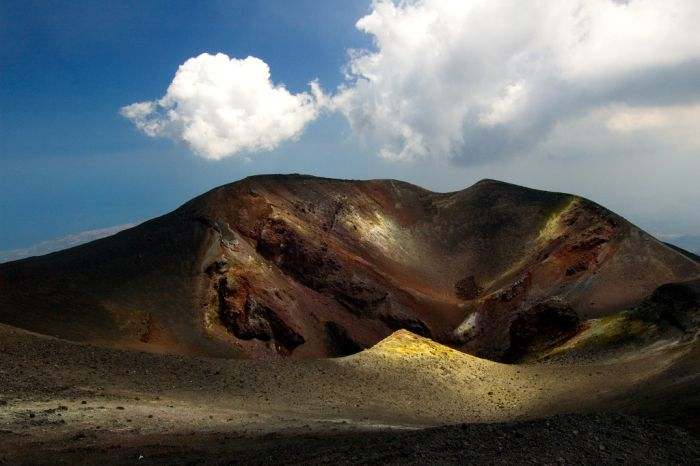
Photo by Daniele Bazzano

Photo by asleeponasunbeam
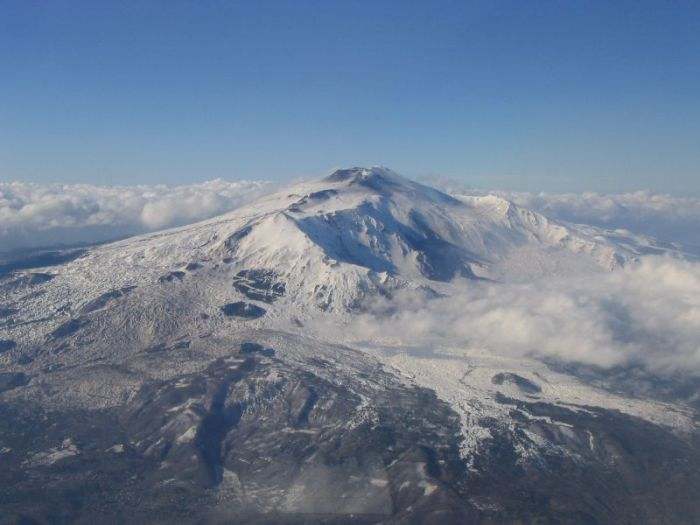
Fujiyama, Japan
Fujiyama is an active stratovolcano and the highest peak of Japan (3,776 m). Its last eruption dates to 1707 or 1708. It’s on the west side of Tokyo and can be greatly observed on a clear day. Fujiyama distinguishes itself with its almost ideally symmetrical cone which is a well-known symbol of Japan. It’s commonly depicted on national paintings, engravings and postage stamps. Fujiyama is known as an operational Shintoistic purgatory, with its religious buildings built on the mountain side. Fujiyama is one of the most attractive places in Japan for tourists and gliding fans.
Photo by skyseeker
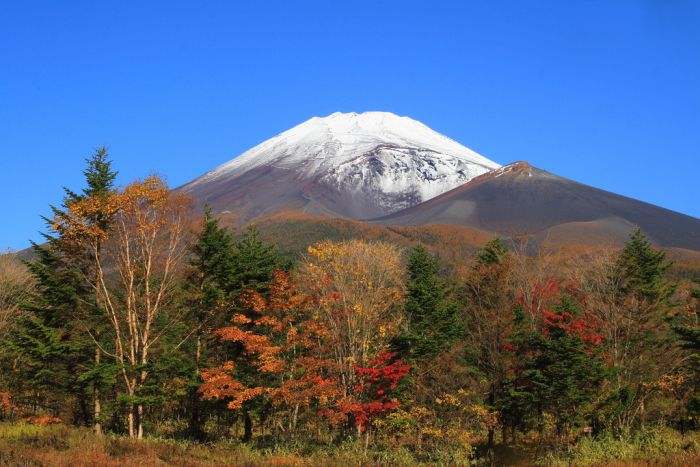
Photo by skyseeker
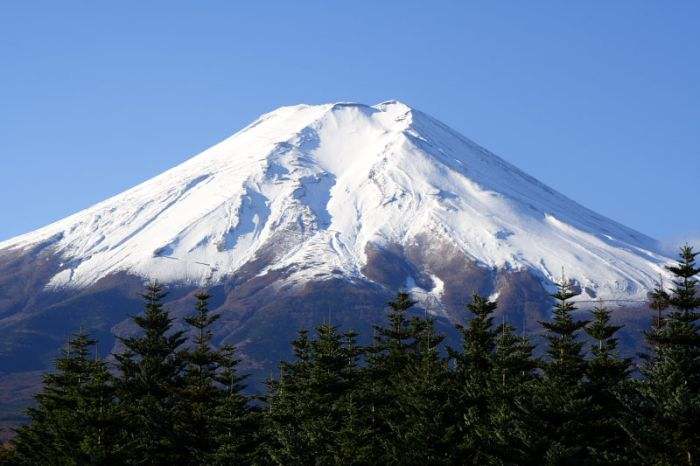
Photo by skyseeker
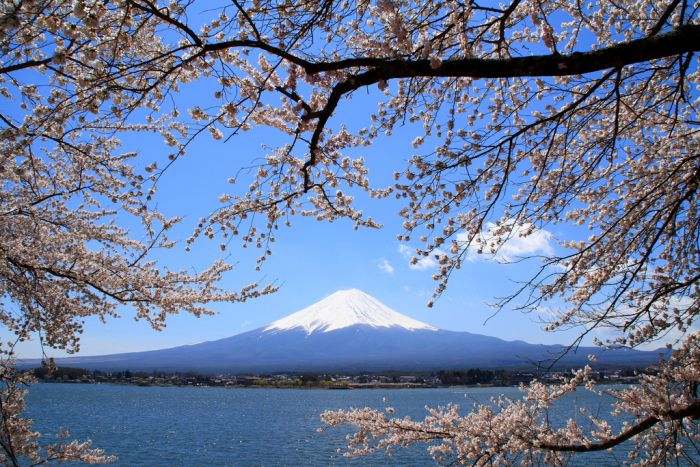
Photo by hogeasdf
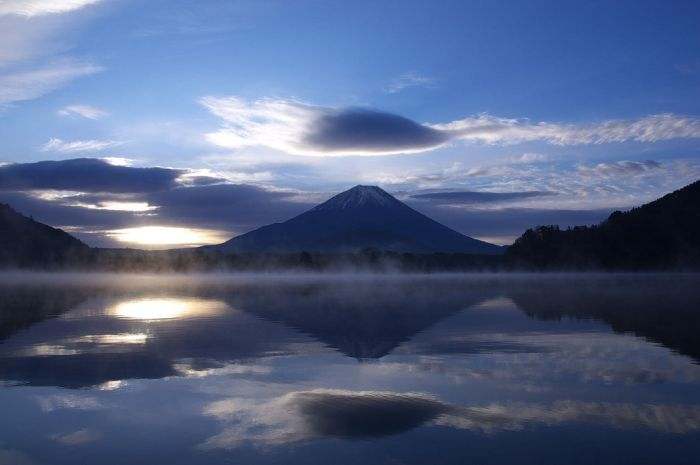
Llaima, Chile
Llaima is the largest and most active volcano in Chile at 3,125 m. Llaima stands for “Bloody Veins” (in mapuche, Indian). It resembles those bloody veins when you see streams of glowing lava flowing from the peak. Major eruptions are dated to 1994, 2008 and 2009. An eruption in 2008 forced the area to undertake evacuation measures to protect people from nearby settlements. A strong column of the eruption’s ashes traveled east and reached the Atlantic Ocean in around 4 days. During its inactive phase, Llaima stands in the beauty of the Araucária forests growing on the slopes with a strong snowy cover stretching 1,200 m high. There is the ski recreation center on the western side of the volcano.
Photo by Tim Waters
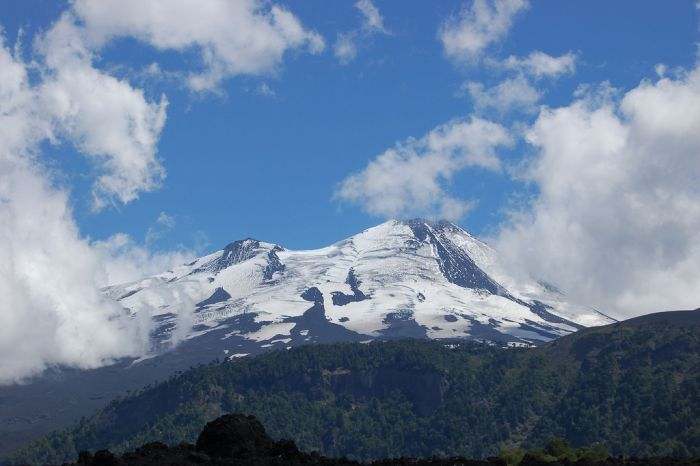
Photo by a n t o n i o
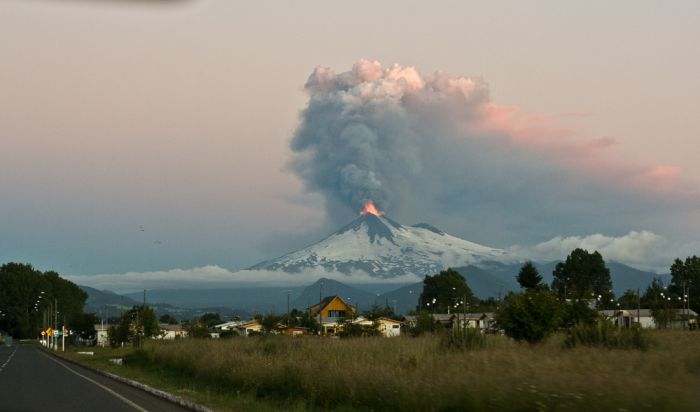
Photo by juque
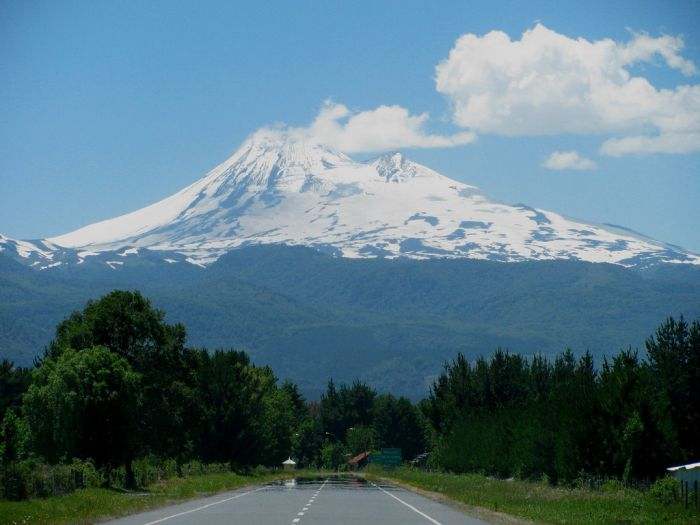
Photo by Feffef
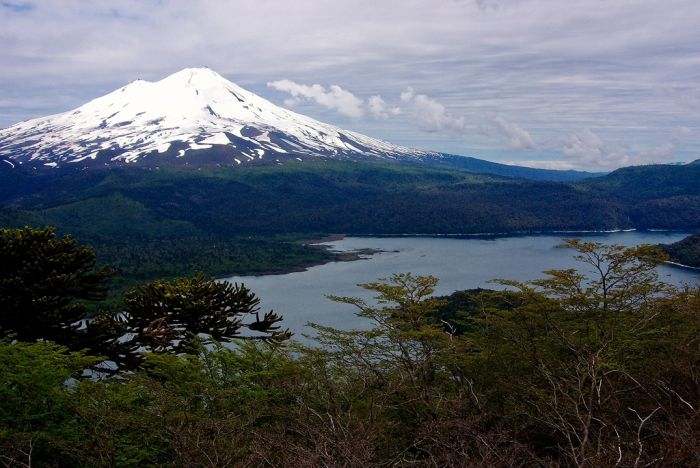
Gunung Merapi, Indonesia
Gurung Merapi (meaning Mountain of Fire) is an active conical volcano located on the border between Central Java and the Yogyakarta Province of Indonesia. Its height is 2,914 m. Merapi is the most active volcano in Indonesia with regular major eruptions every 7 years and minor ones every 2 years. The latest eruptions of Merapi that caused major fatalities were in 1930, 1974 and 1975. Several fatal incidents with tourists and volcanologists’ have occurred in addition to fatalities from major eruptions. Despite the peaceful phases of inactivity, the smoke coming from the top can be observed almost every day. It always reminds residents about the resting danger.
Photo by Marc-Andre Jung
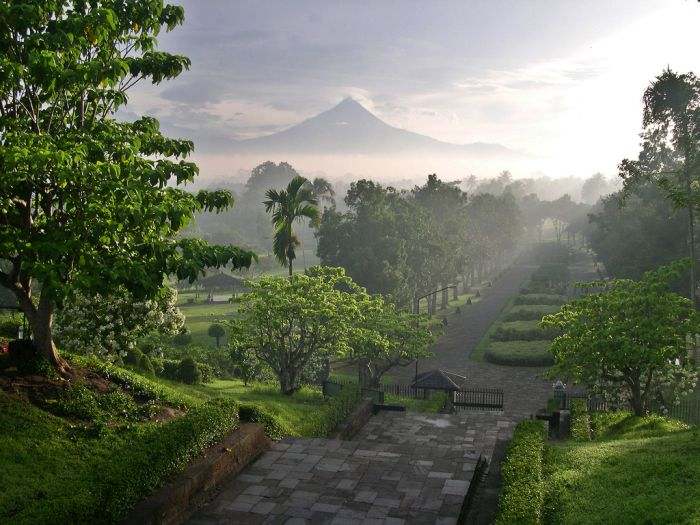
Photo by protectglasgow
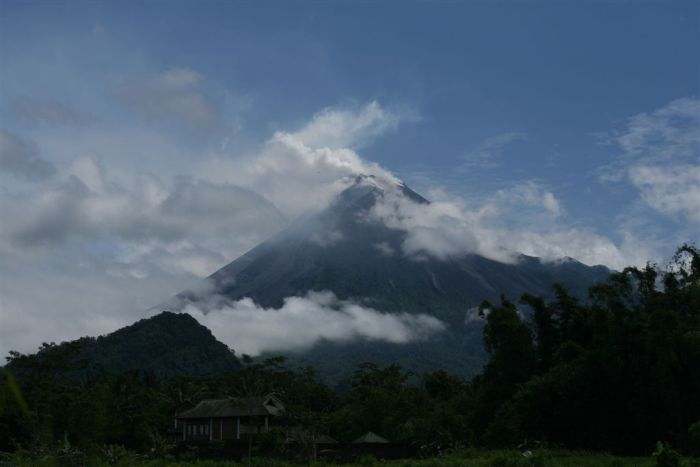
Photo by osaman_wae
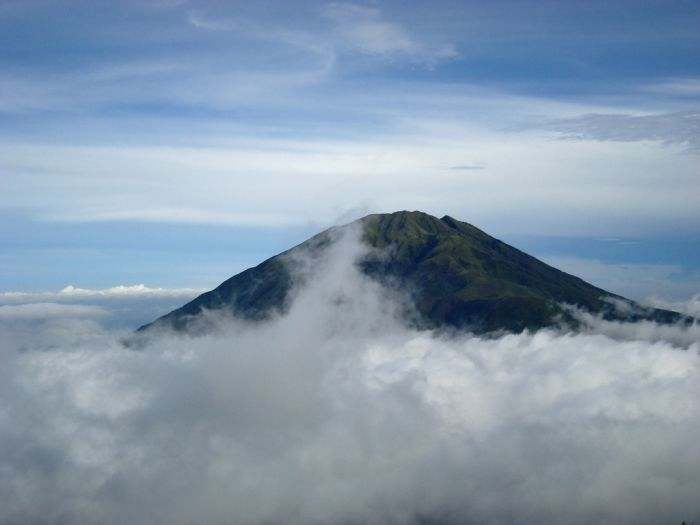
Photo by Amre Ghiba
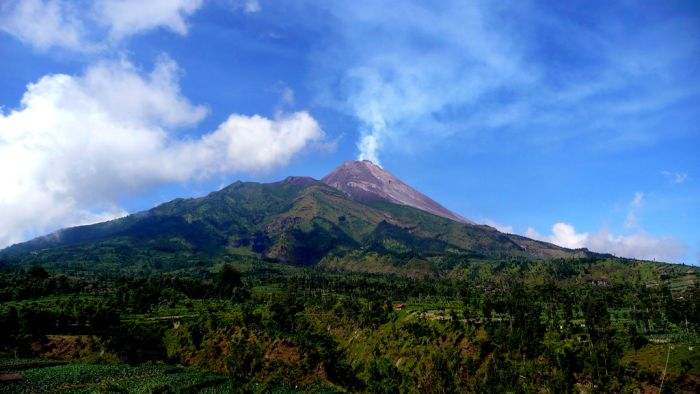
Piton de la Fournaise, Mascarene Islands
Piton de la Fournaise is a shield active volcano on the Reunion Islands in the Indian Ocean at 2,631 m in height. Currently it is known as the most active volcano in the world. One of its recent eruptions lasted for almost 6 months from August 2006 until January 2007. The next eruptions were observed in February 2007, September 2008, and the most recent one happened on January 12, 2010. Piton de la Fournaise is connected to civilization with a highway — a high quality road which makes this famous place of attraction available to visitors. Piton de la Fournaise is depicted on the unofficial flag of the Reunion Islands.
Photo by Thomas@BOD
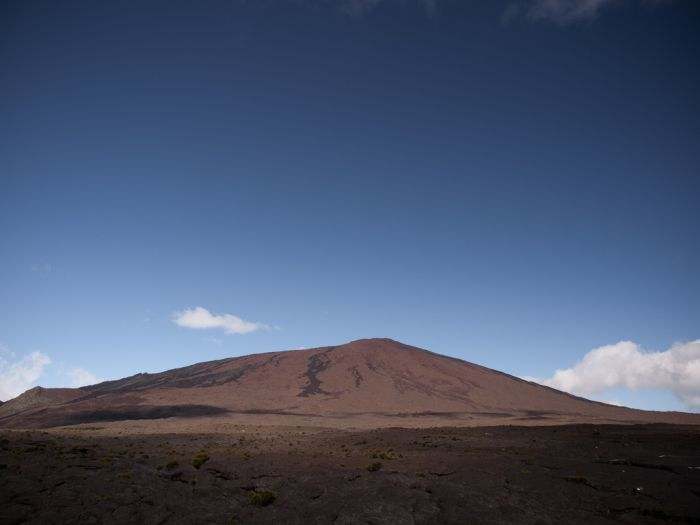
Photo by christophandre
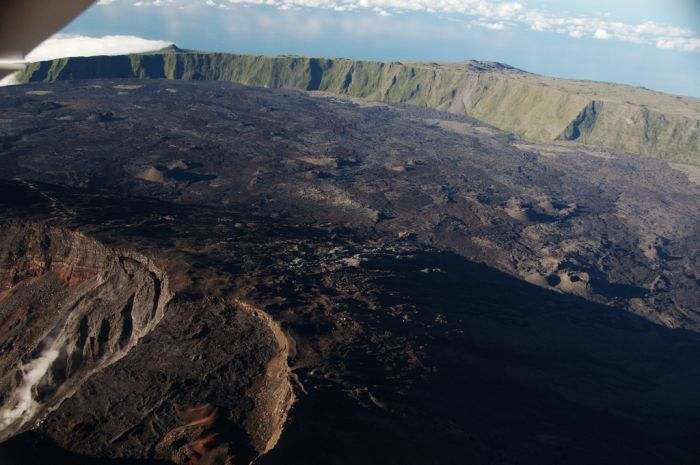
Photo by CAK31
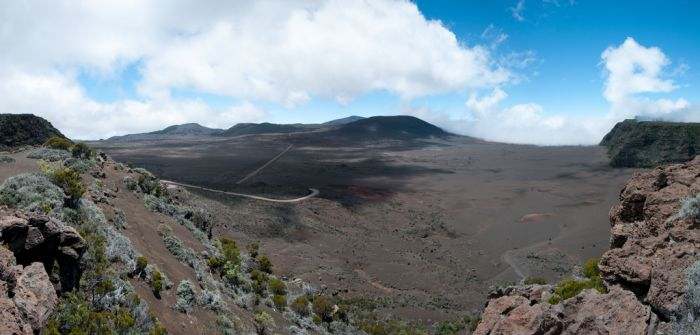
Photo by christophandre
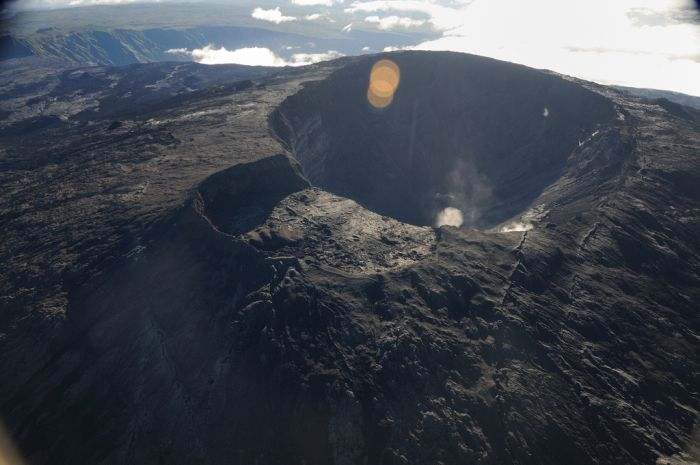
Redoubt Mount, Alaska
Redoubt is an active and recently eruptive stratovolcano in the U.S. state of Alaska. It stands at 2,700 m. It has reached its strongest activity in the 20th century in 1902, 1966 and 1989. During the last eruption in 2009, 6 explosions were recorded which sent an ash plume more than 9 miles into the air. This was the biggest volcanic emissions in nearly 20 years. The official name of the mountain is an English translation of the Russian name “Sopka Redutskaya” which stands for “a fortified place.” Thsi name was given to the mountain in 1981 by the Board of Geographical Names.
Photo by Uri_Breitman
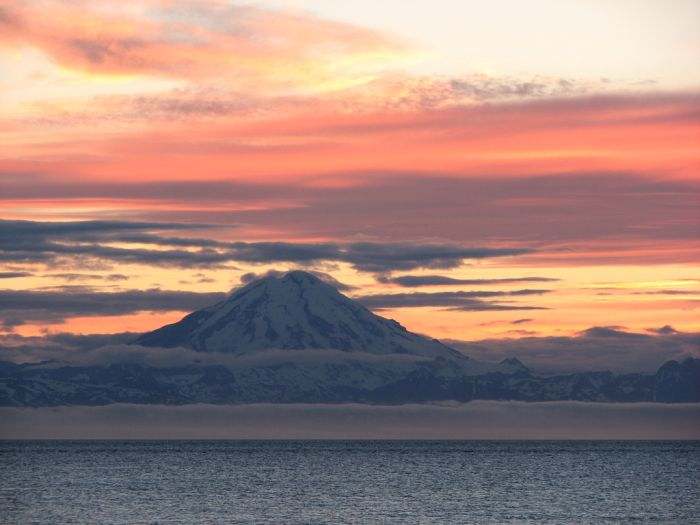
Photo by richardcjones
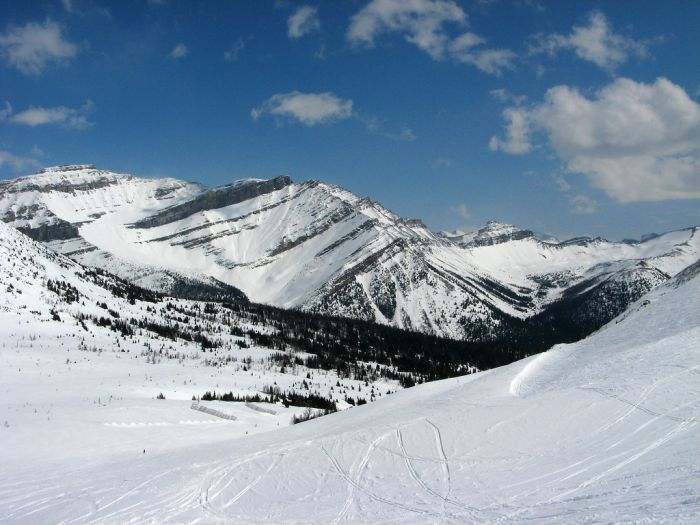
Photo by toddraden
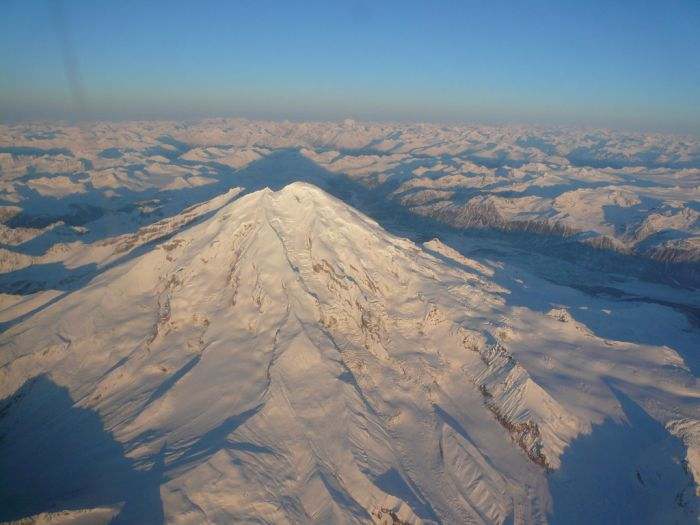
Photo by hatfield
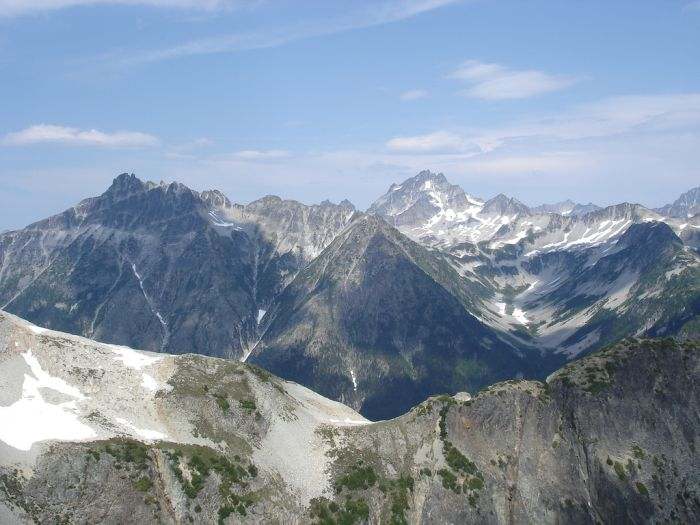
Ruapehu, New Zealand
Ruapehu is an active stratovolcano in New Zealand, standing at 2,797 m. It contains three summits with an active crater located between them. It is considered to be one of the world’s most active volcanoes and the largest active volcano in New Zealand. Ruapehu got its name from a Maori world which means “exploding abyss.” The last eruption is dated to the 25th of September in 2007 andit happened without warning. It’s documented that Ruapehu has been at level 1 (according to the Richter scale) since 1997. Despite this phase of unrest and unpredictability, Ruapehu is visited quite often. It’s highly recommended that visitors be prepared and have basic survival equipment on-hand.
Photo by TomRaven
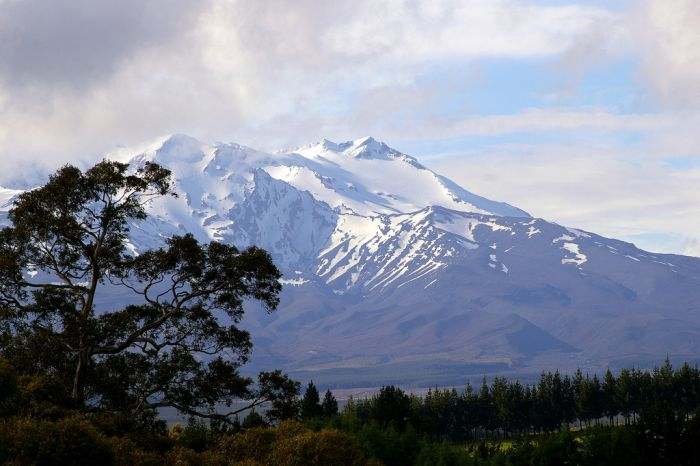
Photo by TomRaven
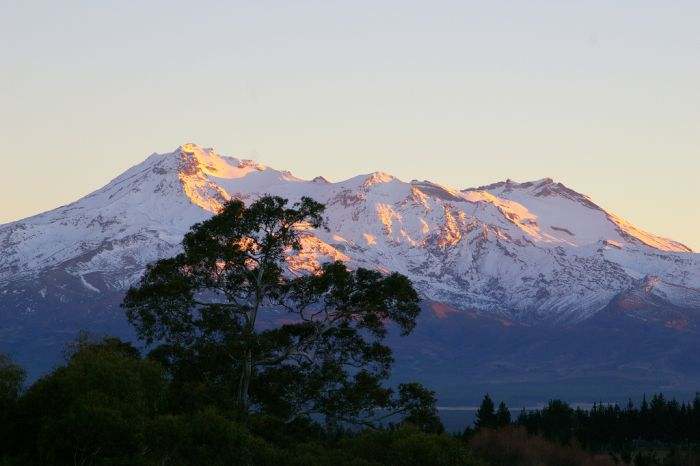
Photo by Felipe Skroski
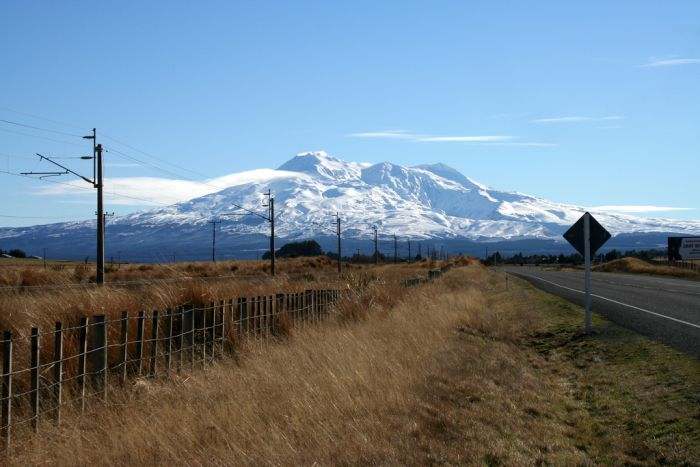
Photo by Al404
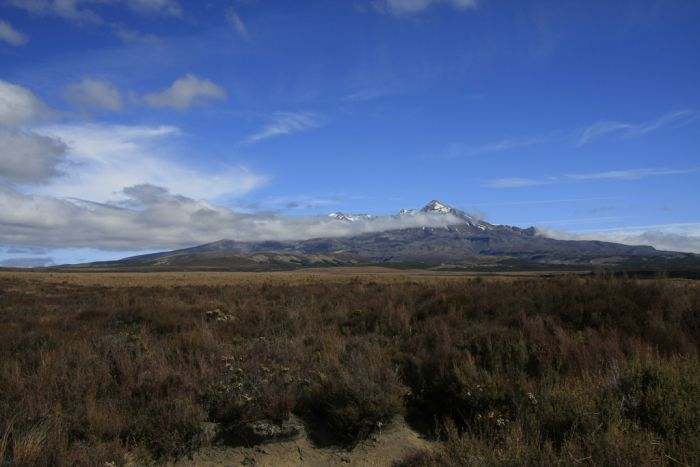
Semeru, Island of Java
Mount Semeru is the highest mountain on the Island of Java and its most active one. Semeru’s height is 3,676 m. It features a crater lake through the summit line. Since 1818 there have been around 55 eruptions recorded (with 10 of them resulting in fatalities). The continuous activity of this volcano has been recorded since 1967, with it exhibiting regular ash, smoke, and explosions every 30-50 minutes at times. The official name of the volcano is derived from “-meru” (the name of a central world-mountain in Buddhist cosmology) and the prefix su-, resulting in the meaning “wonderful Meru.” Though it’s known to be in a near-constant eruption state, Mount Semeru is regularly climbed by tourists.
Photo by Zimmelino
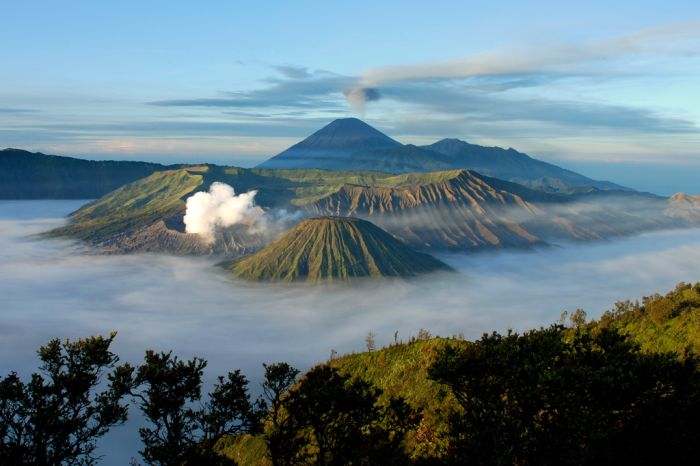
Photo by Ben Tubby
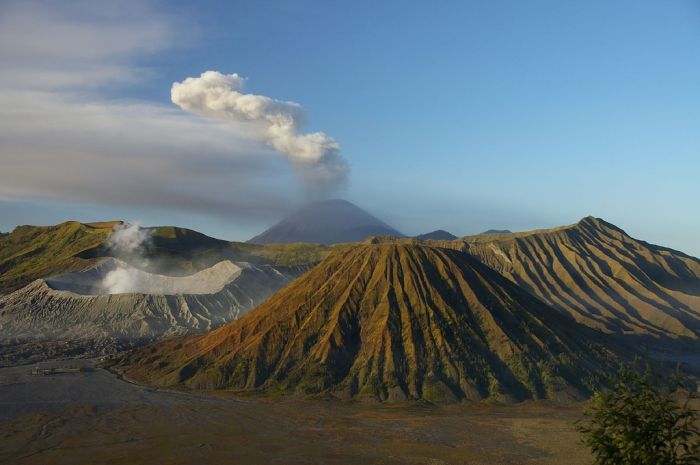
Photo by kleinmatt66
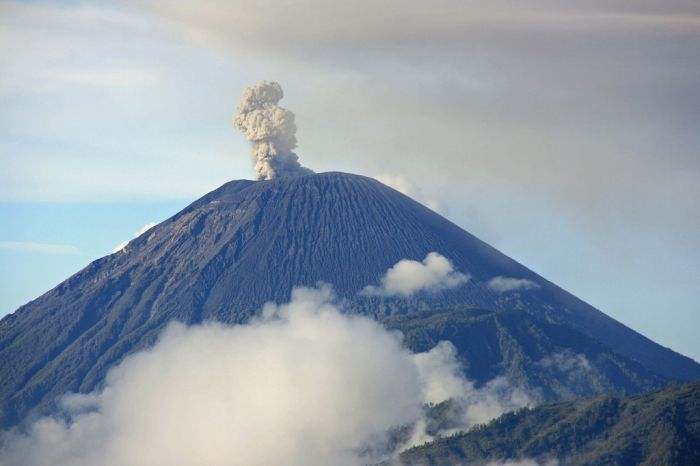
Photo by Nir Nussbaum
